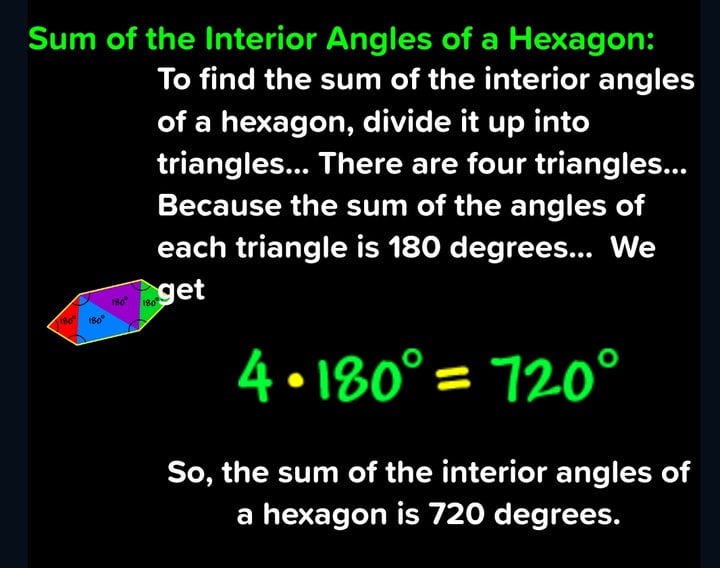ElwoodBlues · M
In fact that divide into triangles method works for polygons of any number of sides, both convex and concave


View 5 more replies »
rinkydinkydoink · M
@ElwoodBlues
An equation needs to be devised to make fit the seeming impossibility of there being an infinite number of sides? You're saying there are a definite end number of sides? Let's say the circle was
ever-expanding...
An equation needs to be devised to make fit the seeming impossibility of there being an infinite number of sides? You're saying there are a definite end number of sides? Let's say the circle was
ever-expanding...
rinkydinkydoink · M
@ElwoodBlues
You're aware I have a limited knowledge of math. I am, too! But... are there any math problems that haven't been fully understood or explained?
You're aware I have a limited knowledge of math. I am, too! But... are there any math problems that haven't been fully understood or explained?
ElwoodBlues · M
@rinkydinkydoink There are definitely math problems that haven't been fully understood or explained. But this process of parametrically separating into n pieces, summing them up, and taking the limit as n goes to infinity, that process is the basis of calculus.
And calculus has successfully solved any number of problems and made any number of correct predictions.
In the graphic below they're doubling the number of slices (halving Δx) each step.

And calculus has successfully solved any number of problems and made any number of correct predictions.
In the graphic below they're doubling the number of slices (halving Δx) each step.

Nitedoc · 51-55, M
Slighty less than the calculating the last digit of Pi.
KEWL!









